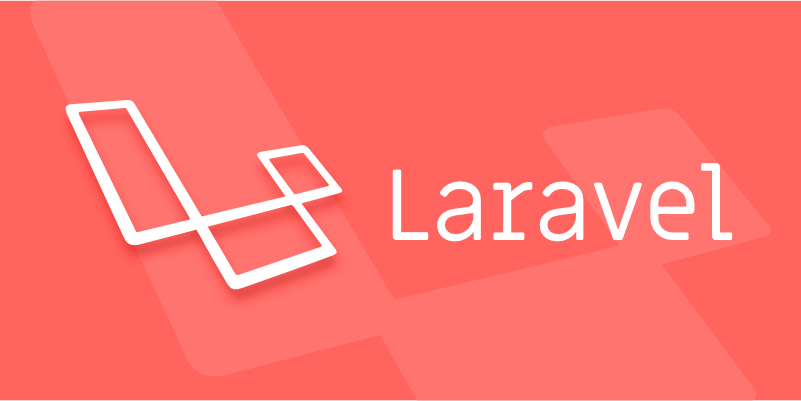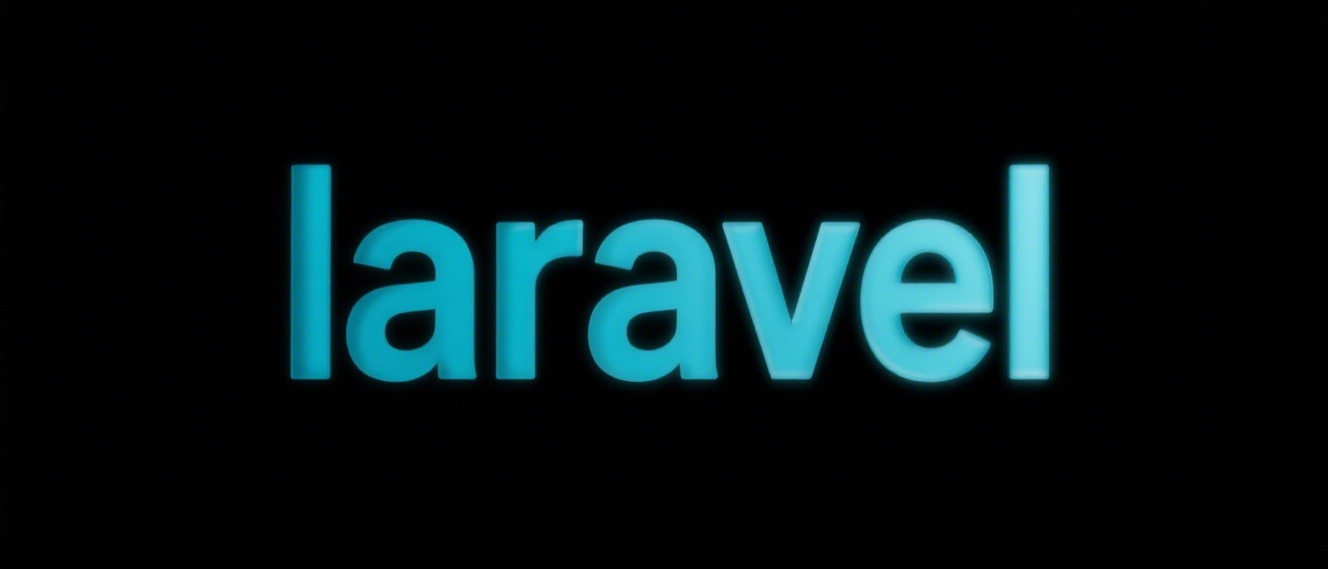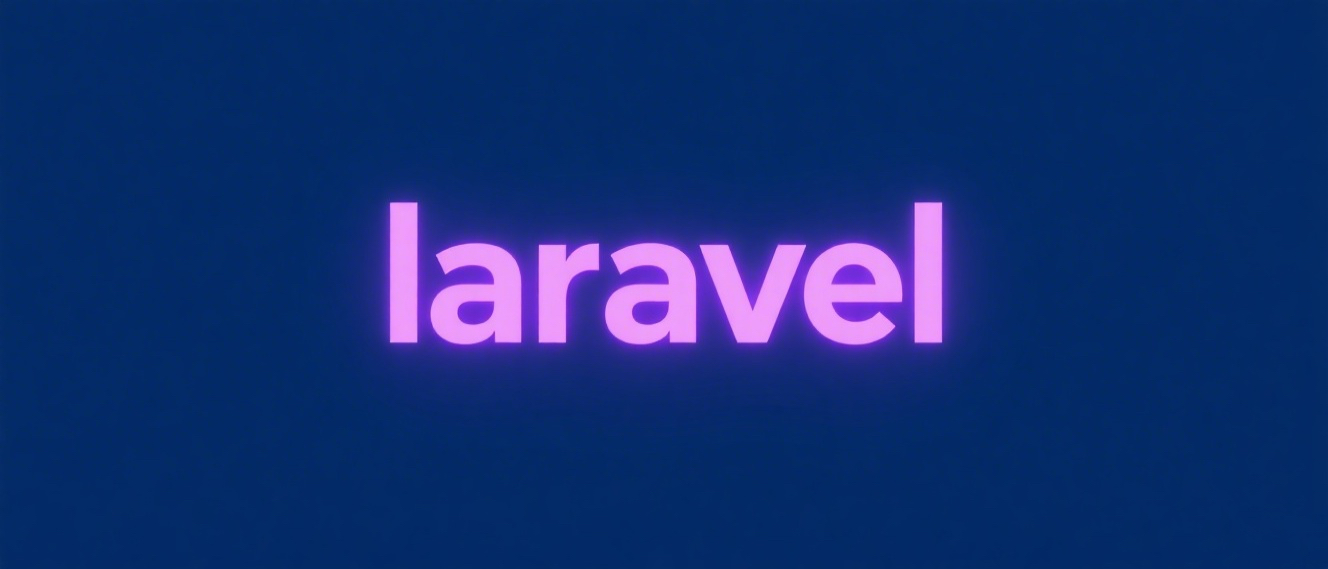Configuring and sending email notifications in Laravel
Jul 05, 2025 am 01:26 AMTo set up email notifications in Laravel, first configure mail settings in the .env file with SMTP or service-specific details like MAIL\_MAILER, MAIL\_HOST, MAIL\_PORT, MAIL\_USERNAME, MAIL\_PASSWORD, and MAIL\_FROM\_ADDRESS. Next, test the configuration using Mail::raw() to send a sample email. Then create a notification class via php artisan make:notification and define the via() method to specify 'mail' as the channel and toMail() to structure the email content. Implement ShouldQueue for better performance. Afterward, send notifications either by calling notify() on a user model or using the Notification facade for multiple users. Lastly, customize the email appearance by publishing Laravel’s notification assets and editing the Blade templates under resources/views/vendor/notifications to align with your branding.

Setting up email notifications in Laravel is straightforward, especially with the built-in notification system. You don’t need to write everything from scratch — Laravel gives you a clean way to send both database and email notifications. Here’s how to configure and send email notifications effectively.

Setting Up Mail Configuration
Before sending any emails, make sure your mail settings are correct. Laravel uses the .env file for configuration, so open that and fill in your SMTP or service-specific details.

MAIL_MAILER=smtp
MAIL_HOST=smtp.example.com
MAIL_PORT=587
MAIL_USERNAME=your@example.com
MAIL_PASSWORD=yourpassword
MAIL_ENCRYPTION=tls
MAIL_FROM_ADDRESS=from@example.com
MAIL_FROM_NAME="${APP_NAME}"Once configured, test it by using Mail::raw() in a route or controller to send a quick test message:
use Illuminate\Support\Facades\Mail;
Mail::raw('Test email body', function ($message) {
$message->to('test@example.com')->subject('Test Email');
});If that works, you’re good to move on to notifications.

Creating a Notification Class
Laravel notifications can be sent via multiple channels — email being one of the most common. To generate a new notification class, run:
php artisan make:notification AccountUpdated
This creates a file in app/Notifications. Open it and define what should happen when this notification is triggered. Here’s a basic example:
use Illuminate\Bus\Queueable;
use Illuminate\Contracts\Queue\ShouldQueue;
use Illuminate\Notifications\Notification;
class AccountUpdated extends Notification implements ShouldQueue
{
use Queueable;
public function __construct()
{
//
}
public function via($notifiable)
{
return ['mail'];
}
public function toMail($notifiable)
{
return (new \Illuminate\Notifications\Messages\MailMessage)
->line('Your account has been successfully updated.')
->action('View Account', url('/account'))
->line('Thank you for using our application!');
}
}A few things to note:
- The
via()method defines which channels to use (mail,database, etc.) toMail()builds the actual email content.- Implementing
ShouldQueuehelps avoid slowing down request processing.
Sending the Notification
To send a notification, you can either use the notify() helper on a user model or use the Notification facade.
Option 1: Notify a specific user
use App\Notifications\AccountUpdated; $user->notify(new AccountUpdated());
Option 2: Send to multiple users or notifiable models
use Illuminate\Support\Facades\Notification; use App\Notifications\AccountUpdated; Notification::send($users, new AccountUpdated());
Make sure $users is a collection of models that implement the Notifiable trait.
You can trigger these notifications after certain actions — like updating a profile, completing a payment, or logging in from a new device.
Customizing Email Appearance
By default, Laravel uses a simple layout for email notifications. If you want to customize the look, publish the notification assets:
php artisan vendor:publish --tag=laravel-notifications
This copies the Blade templates into resources/views/vendor/notifications. You can now edit the HTML and CSS to match your brand style.
Some customization tips:
- Modify the header/logo section
- Update default colors and fonts
- Add custom footer links or branding
Also, if you're sending transactional emails at scale, consider using services like Mailgun, SendGrid, or Amazon SES. Just update the MAIL_MAILER value in .env accordingly.
That's basically it. Once your mailer is set up and your notification logic is in place, sending emails becomes just another part of your app flow. It’s not complicated, but there are a few moving parts — especially around templates and delivery drivers — so double-check each step if something doesn’t arrive as expected.
The above is the detailed content of Configuring and sending email notifications in Laravel. For more information, please follow other related articles on the PHP Chinese website!

Hot AI Tools

Undress AI Tool
Undress images for free

Undresser.AI Undress
AI-powered app for creating realistic nude photos

AI Clothes Remover
Online AI tool for removing clothes from photos.

Clothoff.io
AI clothes remover

Video Face Swap
Swap faces in any video effortlessly with our completely free AI face swap tool!

Hot Article

Hot Tools

Notepad++7.3.1
Easy-to-use and free code editor

SublimeText3 Chinese version
Chinese version, very easy to use

Zend Studio 13.0.1
Powerful PHP integrated development environment

Dreamweaver CS6
Visual web development tools

SublimeText3 Mac version
God-level code editing software (SublimeText3)
 How to set environment variables in PHP environment Description of adding PHP running environment variables
Jul 25, 2025 pm 08:33 PM
How to set environment variables in PHP environment Description of adding PHP running environment variables
Jul 25, 2025 pm 08:33 PM
There are three main ways to set environment variables in PHP: 1. Global configuration through php.ini; 2. Passed through a web server (such as SetEnv of Apache or fastcgi_param of Nginx); 3. Use putenv() function in PHP scripts. Among them, php.ini is suitable for global and infrequently changing configurations, web server configuration is suitable for scenarios that need to be isolated, and putenv() is suitable for temporary variables. Persistence policies include configuration files (such as php.ini or web server configuration), .env files are loaded with dotenv library, and dynamic injection of variables in CI/CD processes. Security management sensitive information should be avoided hard-coded, and it is recommended to use.en
 What is Configuration Caching in Laravel?
Jul 27, 2025 am 03:54 AM
What is Configuration Caching in Laravel?
Jul 27, 2025 am 03:54 AM
Laravel's configuration cache improves performance by merging all configuration files into a single cache file. Enabling configuration cache in a production environment can reduce I/O operations and file parsing on each request, thereby speeding up configuration loading; 1. It should be enabled when the application is deployed, the configuration is stable and no frequent changes are required; 2. After enabling, modify the configuration, you need to re-run phpartisanconfig:cache to take effect; 3. Avoid using dynamic logic or closures that depend on runtime conditions in the configuration file; 4. When troubleshooting problems, you should first clear the cache, check the .env variables and re-cache.
 How to make PHP container support automatic construction? Continuously integrated CI configuration method of PHP environment
Jul 25, 2025 pm 08:54 PM
How to make PHP container support automatic construction? Continuously integrated CI configuration method of PHP environment
Jul 25, 2025 pm 08:54 PM
To enable PHP containers to support automatic construction, the core lies in configuring the continuous integration (CI) process. 1. Use Dockerfile to define the PHP environment, including basic image, extension installation, dependency management and permission settings; 2. Configure CI/CD tools such as GitLabCI, and define the build, test and deployment stages through the .gitlab-ci.yml file to achieve automatic construction, testing and deployment; 3. Integrate test frameworks such as PHPUnit to ensure that tests are automatically run after code changes; 4. Use automated deployment strategies such as Kubernetes to define deployment configuration through the deployment.yaml file; 5. Optimize Dockerfile and adopt multi-stage construction
 Explain Laravel Eloquent Scopes.
Jul 26, 2025 am 07:22 AM
Explain Laravel Eloquent Scopes.
Jul 26, 2025 am 07:22 AM
Laravel's EloquentScopes is a tool that encapsulates common query logic, divided into local scope and global scope. 1. The local scope is defined with a method starting with scope and needs to be called explicitly, such as Post::published(); 2. The global scope is automatically applied to all queries, often used for soft deletion or multi-tenant systems, and the Scope interface needs to be implemented and registered in the model; 3. The scope can be equipped with parameters, such as filtering articles by year or month, and corresponding parameters are passed in when calling; 4. Pay attention to naming specifications, chain calls, temporary disabling and combination expansion when using to improve code clarity and reusability.
 How to use PHP combined with AI to analyze video content PHP intelligent video tag generation
Jul 25, 2025 pm 06:15 PM
How to use PHP combined with AI to analyze video content PHP intelligent video tag generation
Jul 25, 2025 pm 06:15 PM
The core idea of PHP combining AI for video content analysis is to let PHP serve as the backend "glue", first upload video to cloud storage, and then call AI services (such as Google CloudVideoAI, etc.) for asynchronous analysis; 2. PHP parses the JSON results, extract people, objects, scenes, voice and other information to generate intelligent tags and store them in the database; 3. The advantage is to use PHP's mature web ecosystem to quickly integrate AI capabilities, which is suitable for projects with existing PHP systems to efficiently implement; 4. Common challenges include large file processing (directly transmitted to cloud storage with pre-signed URLs), asynchronous tasks (introducing message queues), cost control (on-demand analysis, budget monitoring) and result optimization (label standardization); 5. Smart tags significantly improve visual
 PHP development user permission management monetization PHP permission control and role management
Jul 25, 2025 pm 06:51 PM
PHP development user permission management monetization PHP permission control and role management
Jul 25, 2025 pm 06:51 PM
User permission management is the core mechanism for realizing product monetization in PHP development. It separates users, roles and permissions through a role-based access control (RBAC) model to achieve flexible permission allocation and management. The specific steps include: 1. Design three tables of users, roles, and permissions and two intermediate tables of user_roles and role_permissions; 2. Implement permission checking methods in the code such as $user->can('edit_post'); 3. Use cache to improve performance; 4. Use permission control to realize product function layering and differentiated services, thereby supporting membership system and pricing strategies; 5. Avoid the permission granularity is too coarse or too fine, and use "investment"
 How to build a content payment platform through PHP How to implement PHP paid reading system
Jul 25, 2025 pm 06:30 PM
How to build a content payment platform through PHP How to implement PHP paid reading system
Jul 25, 2025 pm 06:30 PM
To build a PHP content payment platform, it is necessary to build a user management, content management, payment and permission control system. First, establish a user authentication system and use JWT to achieve lightweight authentication; second, design the backend management interface and database fields to manage paid content; third, integrate Alipay or WeChat payment and ensure process security; fourth, control user access rights through session or cookies. Choosing the Laravel framework can improve development efficiency, use watermarks and user management to prevent content theft, optimize performance requires coordinated improvement of code, database, cache and server configuration, and clear policies must be formulated and malicious behaviors must be prevented.
 How to create a helper file in Laravel?
Jul 26, 2025 am 08:58 AM
How to create a helper file in Laravel?
Jul 26, 2025 am 08:58 AM
Createahelpers.phpfileinapp/HelperswithcustomfunctionslikeformatPrice,isActiveRoute,andisAdmin.2.Addthefiletothe"files"sectionofcomposer.jsonunderautoload.3.Runcomposerdump-autoloadtomakethefunctionsgloballyavailable.4.Usethehelperfunctions






